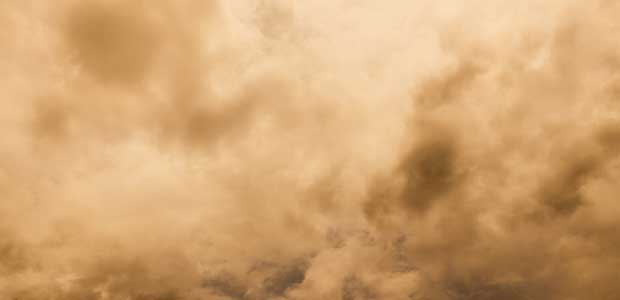
Dust Hazards Analysis and NFPA 652 in Industrial Hygiene Settings
Solely using hygiene measurements to address hazards is not a safe strategy.
- By Zach Hachmeister
- May 01, 2022
Airborne or layers of dust in industrial settings can present a variety of hazards, but the two that are most prevalent relate to the toxicity and explosive characteristics of the material. Both hazards are addressed in different fashions; however, there is some correlation between the two.
For toxicity purposes, government agencies such as the American Conference of Industrial Hygienists (ACGIH) and OSHA have developed threshold limit values (TLV) or permissible exposure levels (PEL) for a wide range of materials. These values set a safe level at which employees can be exposed to specific material over a given amount of time and are usually reported in parts per million (ppm) or mg/m3.
When addressing explosion hazards, the potential for an explosion does not begin until dust concentrations suspended in the air reach a value above the minimum explosible concentration (typically above 20 g/m3). To help put this in perspective, a 25-watt light bulb positioned one meter away would be barely visible in a dust cloud that has a concentration of 60 g/m3. Keeping that in mind, it is also possible to see dust particles suspended in air and still be below the threshold value set by OSHA.
In accident investigations, combustible dust explosions are usually referred to as primary or secondary explosions. A primary dust explosion is one that occurs inside a process vessel such as a dust collector, and the fuel is usually the actual process dust. Secondary explosions often follow a primary explosion. Essentially, the pressure wave from the primary explosion lofts fugitive material previously deposited on overhead surfaces. The lofted material then forms a cloud and eventually finds an ignition source resulting in a secondary explosion. One of the more well-known dust explosions was the incident at Imperial Sugar, where a series of secondary explosions demolished the facility causing over $270 million in damage.
The toxicity and explosion hazards relationship primarily relate to secondary dust explosions and fugitive dust deposits. From a hygiene perspective, an extremely low dust concentration is usually an indication of reasonable dust control, especially if these measurements are taken near process equipment. In addition, reasonable dust control leads to lower fugitive dust deposits, which can alleviate housekeeping duties and ultimately reduce secondary dust explosion hazards. However, solely using hygiene measurements to address dust explosion hazards is not a safe strategy. This is not acceptable because it will not always tell the story of what is on elevated horizontal surfaces such as overhead I-beams or ductwork, walls and elevated surfaces as even very low-level emissions can lead to dangerous dust accumulations over time. It also does not address primary dust explosion hazards, which exist inside process equipment.
This article originally appeared in the May 2022 issue of Occupational Health & Safety.